Art Director: Chad Beckerman : So let's recap, what is ME and EARL and the DYING GIRL about?
Here’s the summary, written by editor Maggie Lehrman:
"Up until senior year, Greg has maintained total social invisibility. He only has one friend, Earl, and together they spend their time—when not playing video games and avoiding Earl’s terrifying brothers— making movies, their own versions of Coppola and Herzog cult classics. Greg would be the first one to tell you his movies are f*@$ing terrible, but he and Earl don’t make them for other people. Until Rachel.
Rachel has leukemia, and Greg’s mom gets the genius idea that Greg should befriend her. Against his better judgment and despite his extreme awkwardness, he does. When Rachel decides to stop treatment, Greg and Earl must abandon invisibility and make a stand. It’s a hilarious, outrageous, and truthful look at death and high school.
Publisher Susan Van Metre: Here is what the cover needs to convey: that this is the funniest book you'll ever read about someone dying, but that it's really not about someone dying. It's about someone being forced to come alive. It's a kind of exquisitely funny and painful high school rebirth story
I’ll let Will describe his response:
Designer: Will Staehle: When Chad reached out to me about designing Me and Earl and the Dying Girl, I had just recently read about the new film (and it's impressive debut at Sundance). So I was more than happy to take the project on. That said, the cover schedule was a bit accelerated due to that very same Sundance buzz! I read through the book in one sitting, and really enjoyed the characters, the mood, and tone of it all. It's such an accessible book. It makes you think, cringe, and laugh all the way through. The book is also full of great visuals and scenes, so there was plenty of fun imagery to pull from.
This cover was certainly a balancing act. Chad had asked me to try and walk the fine-line between funny and sad. Now that's difficult enough…. Add to that a request to also balance the jacket between YA and adult and you have one very challenging assignment
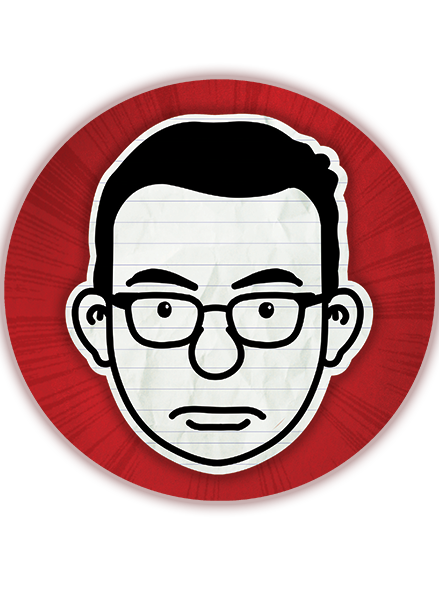




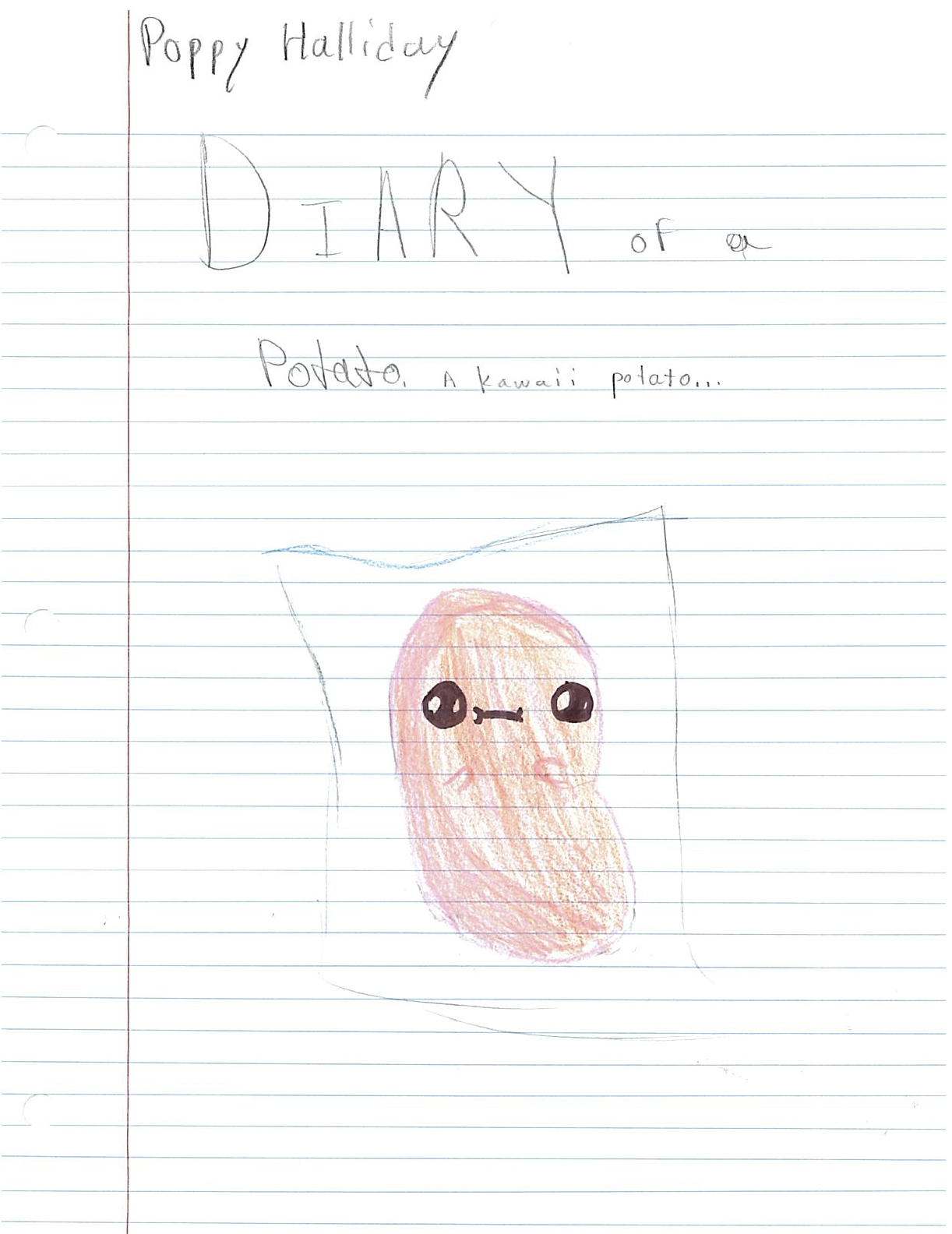












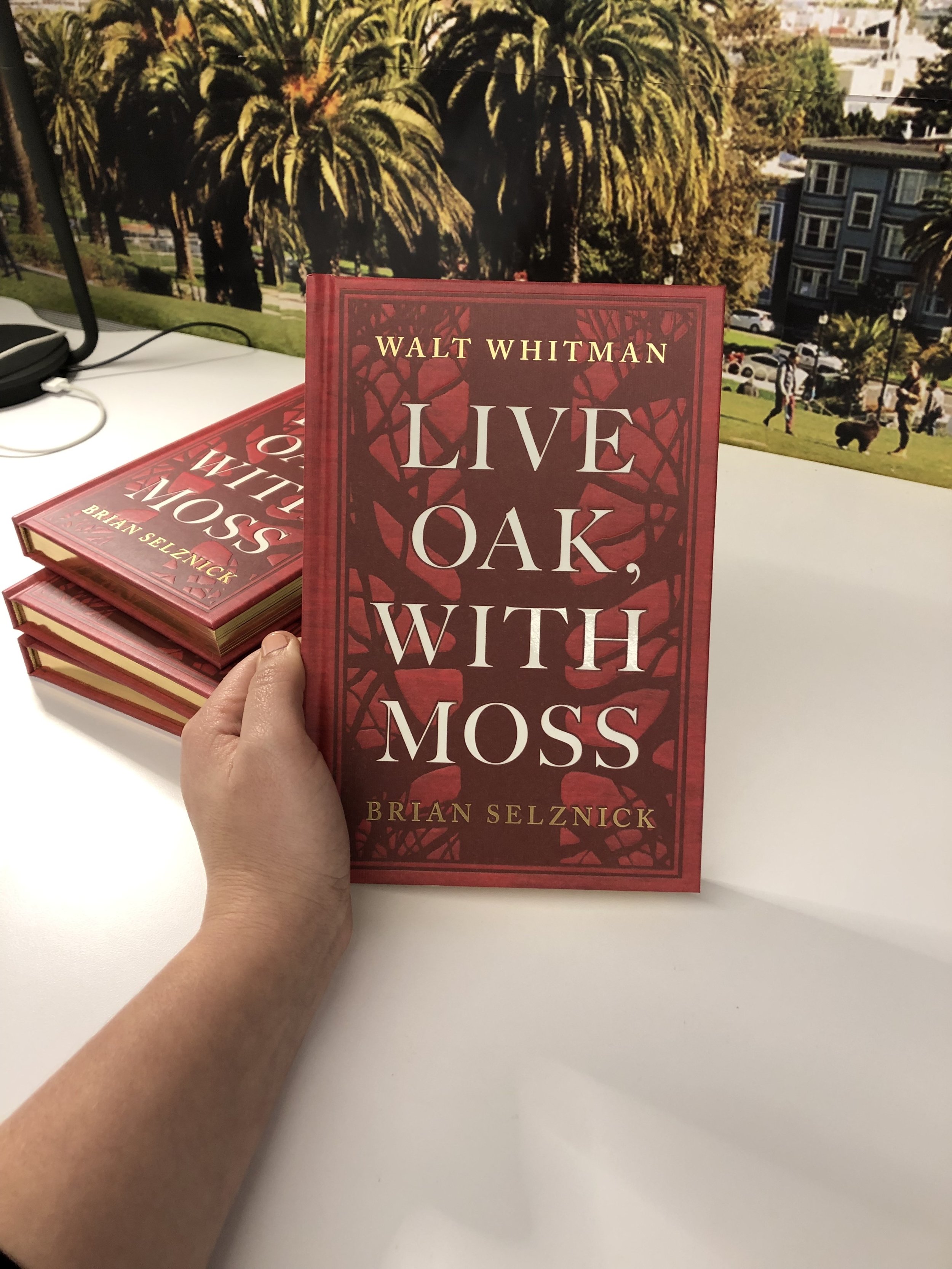


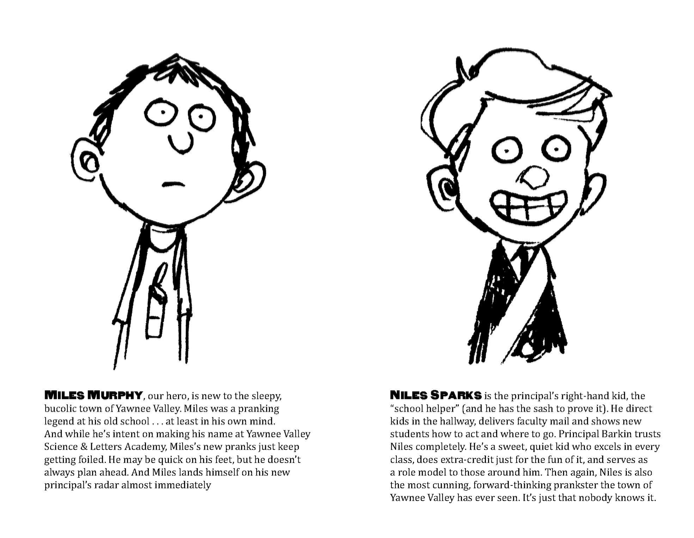

























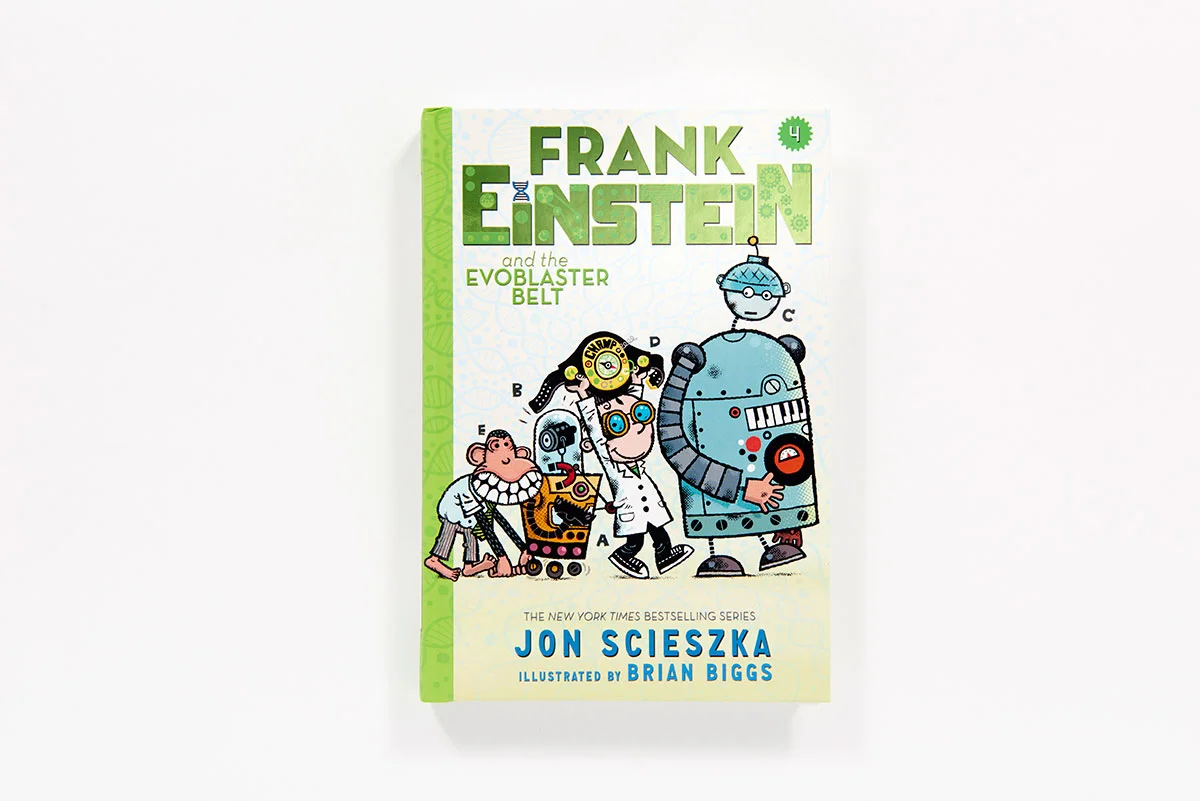
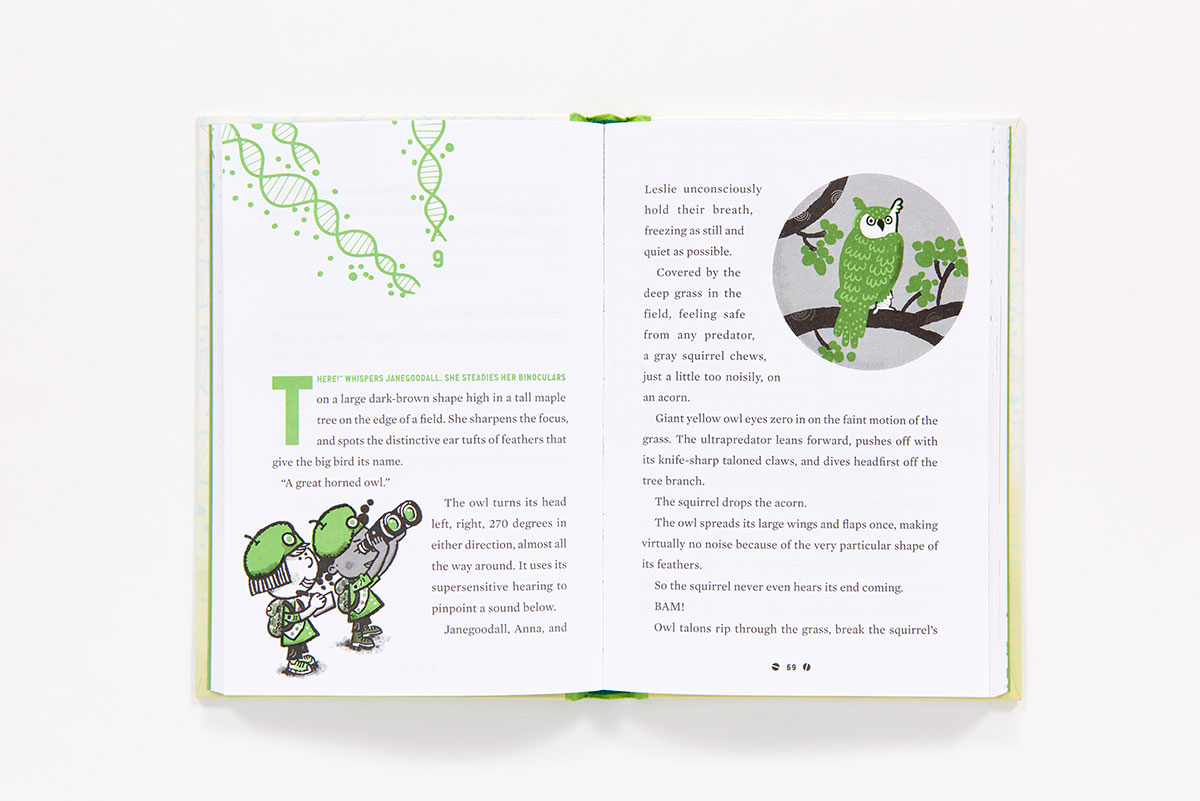
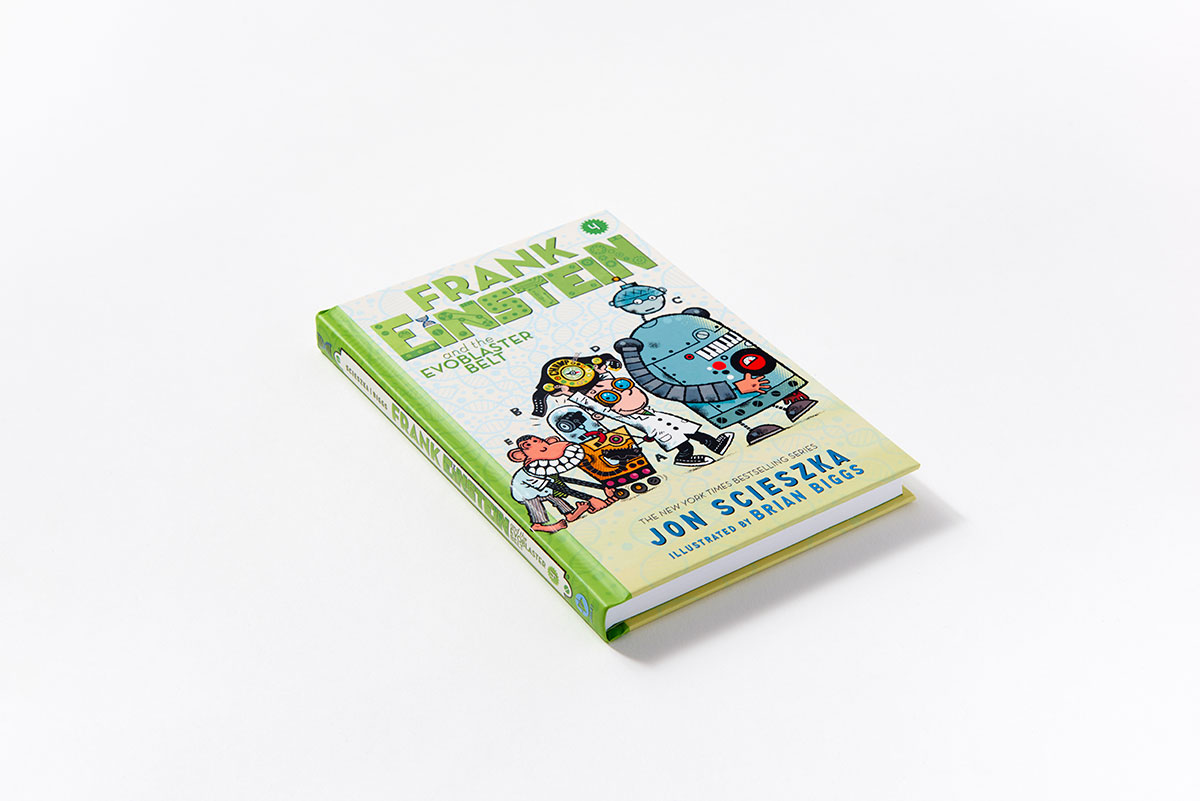
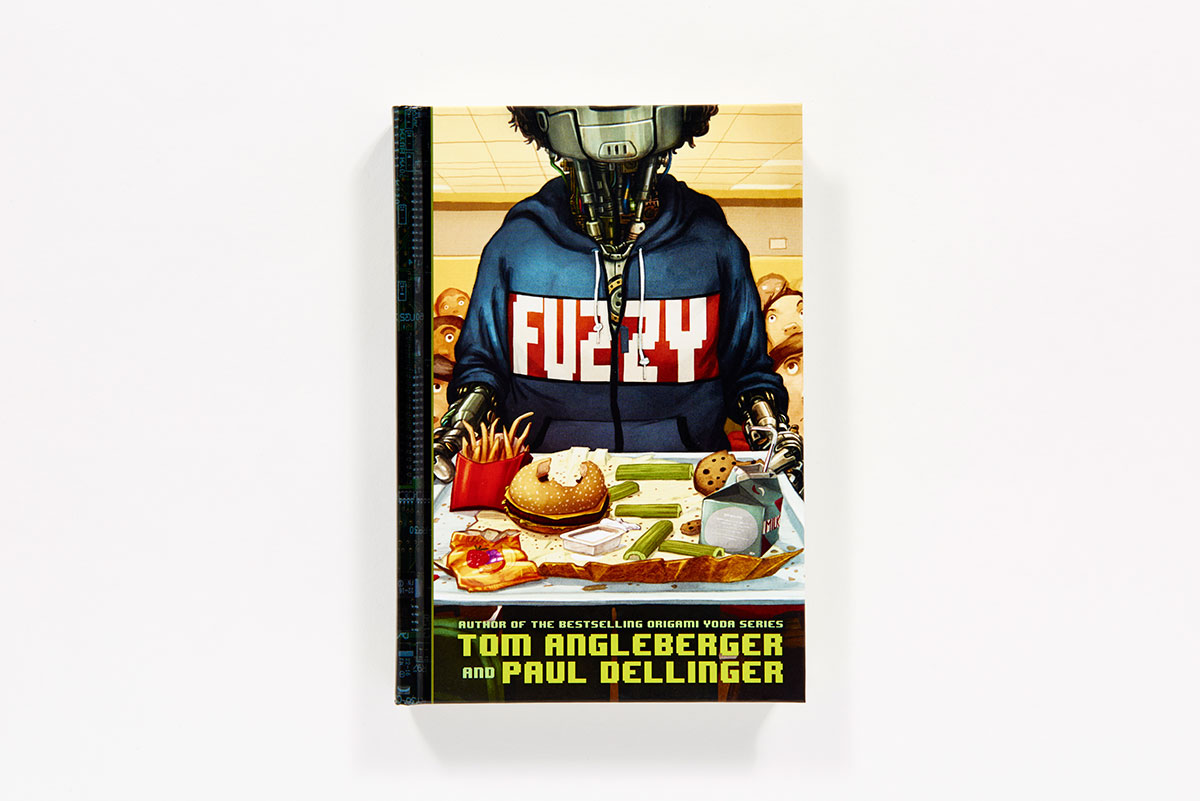

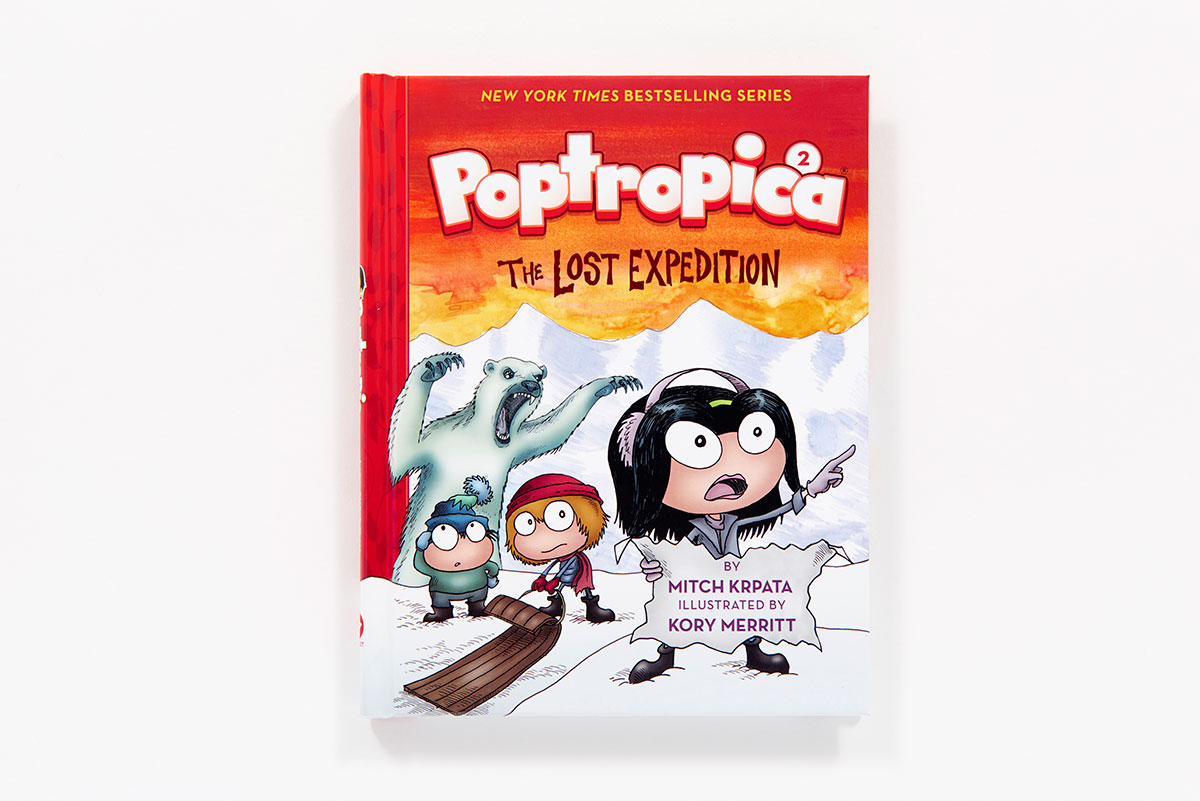
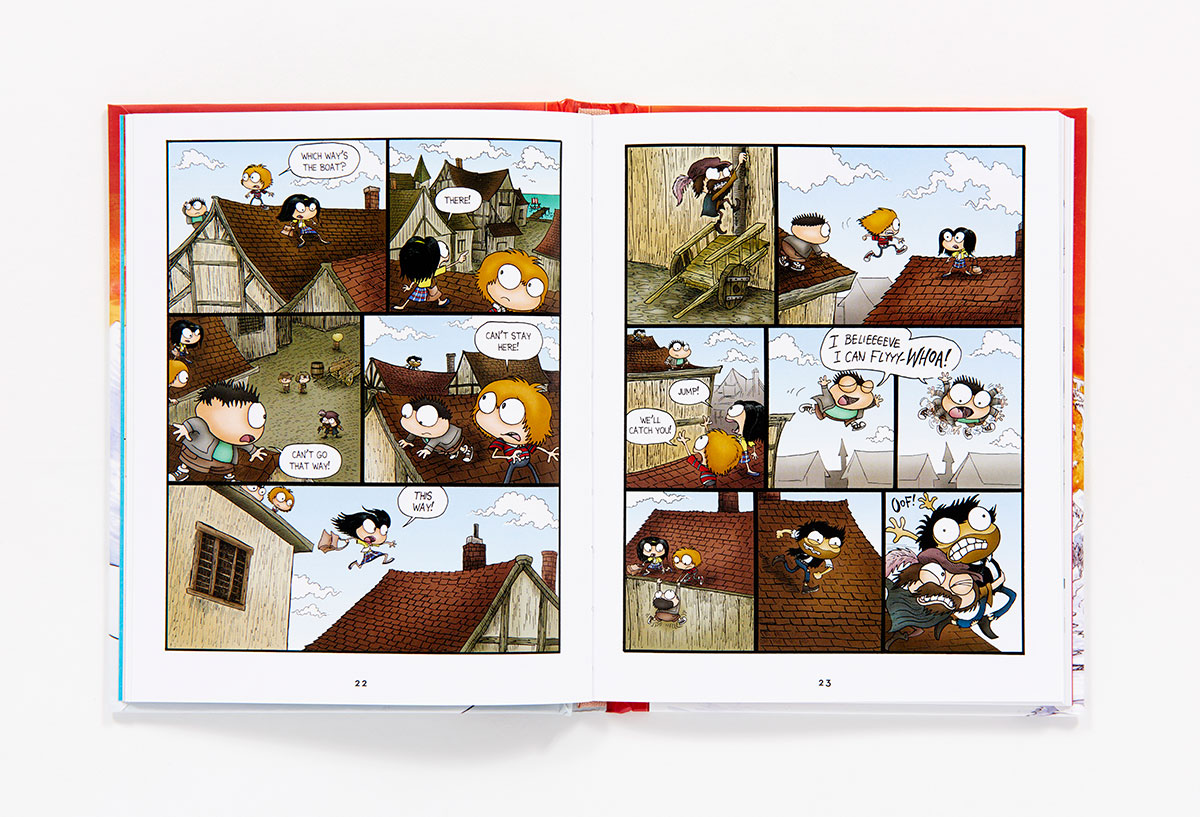
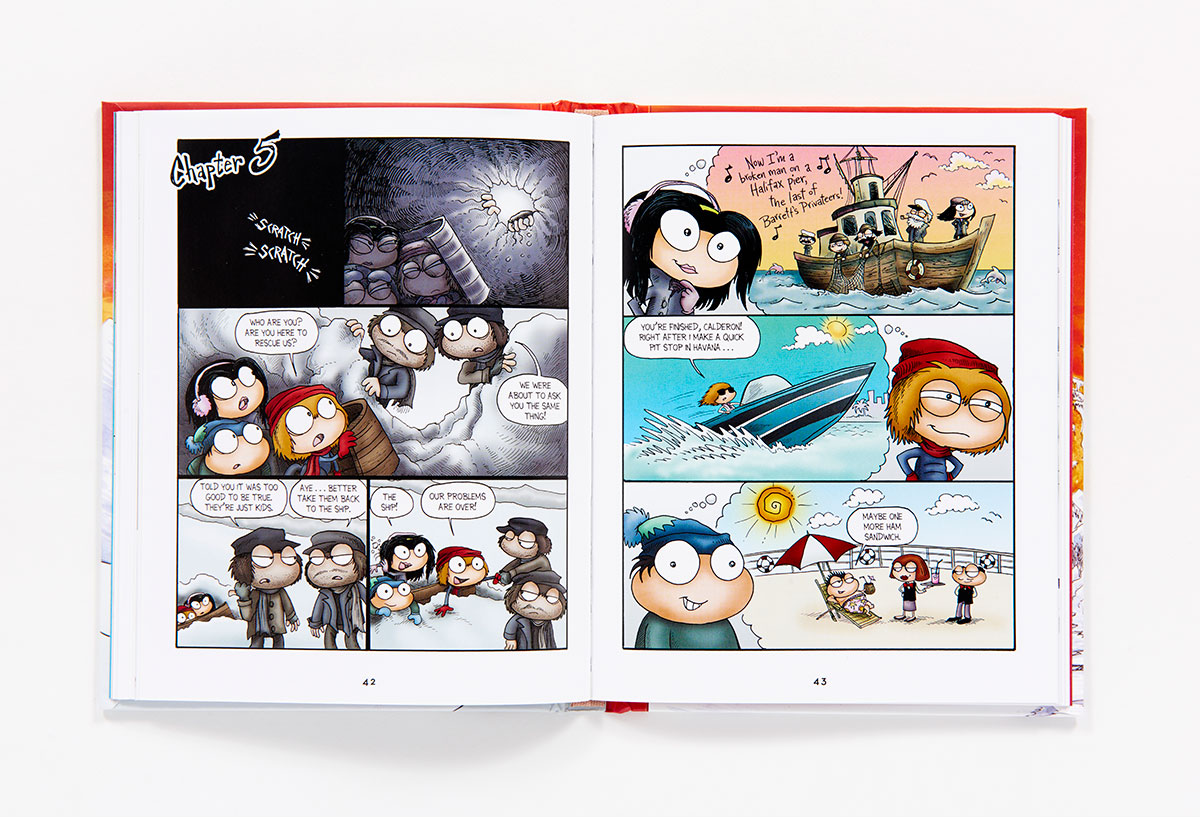
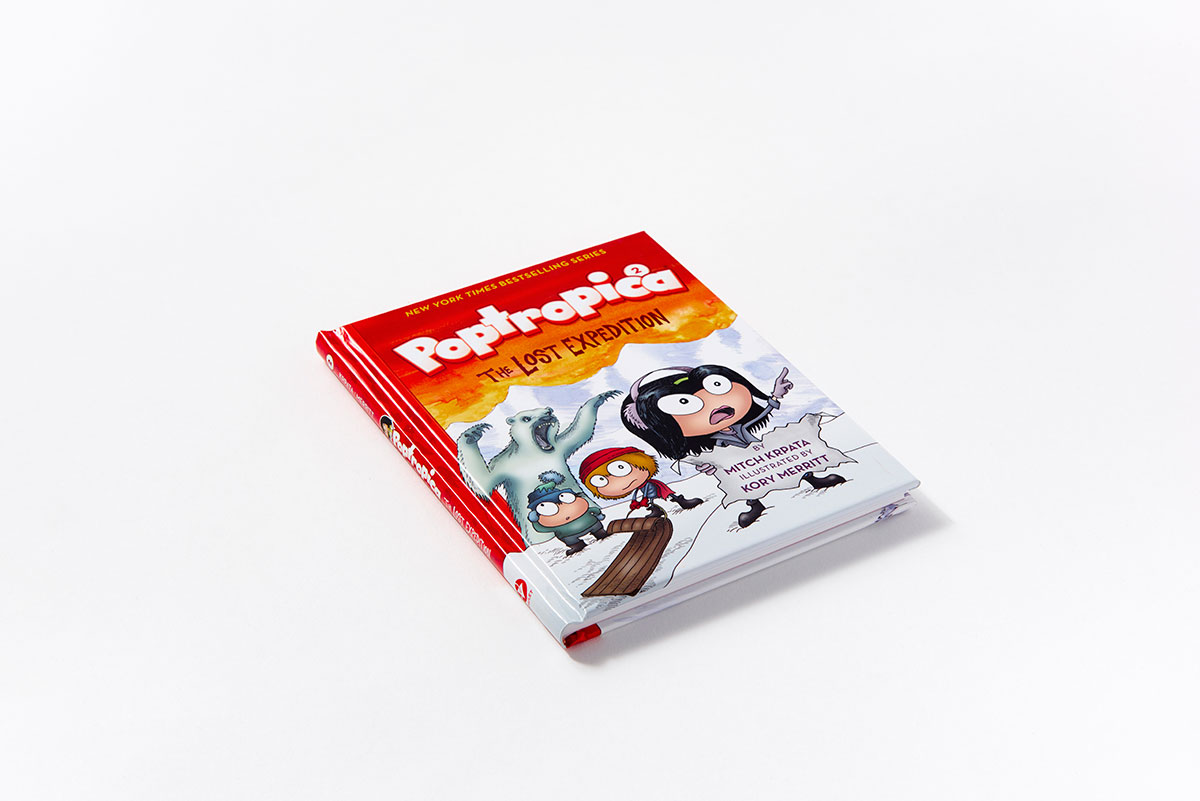
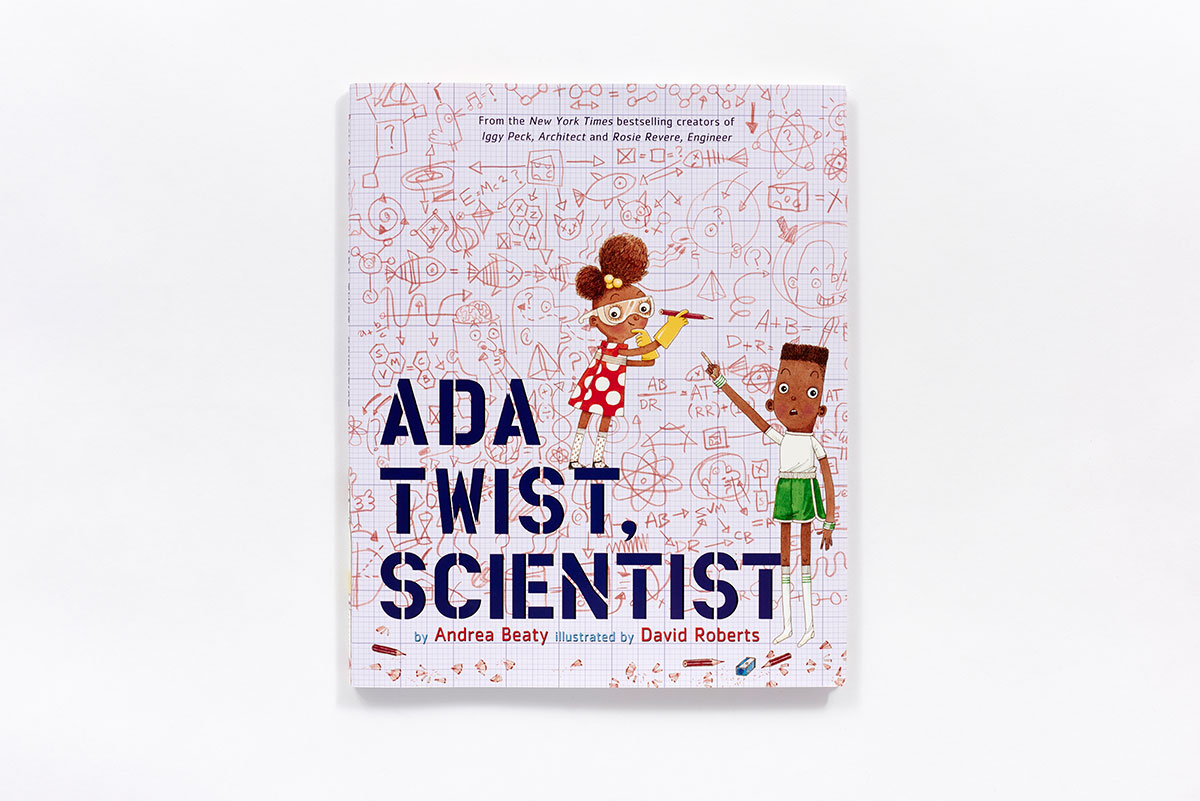

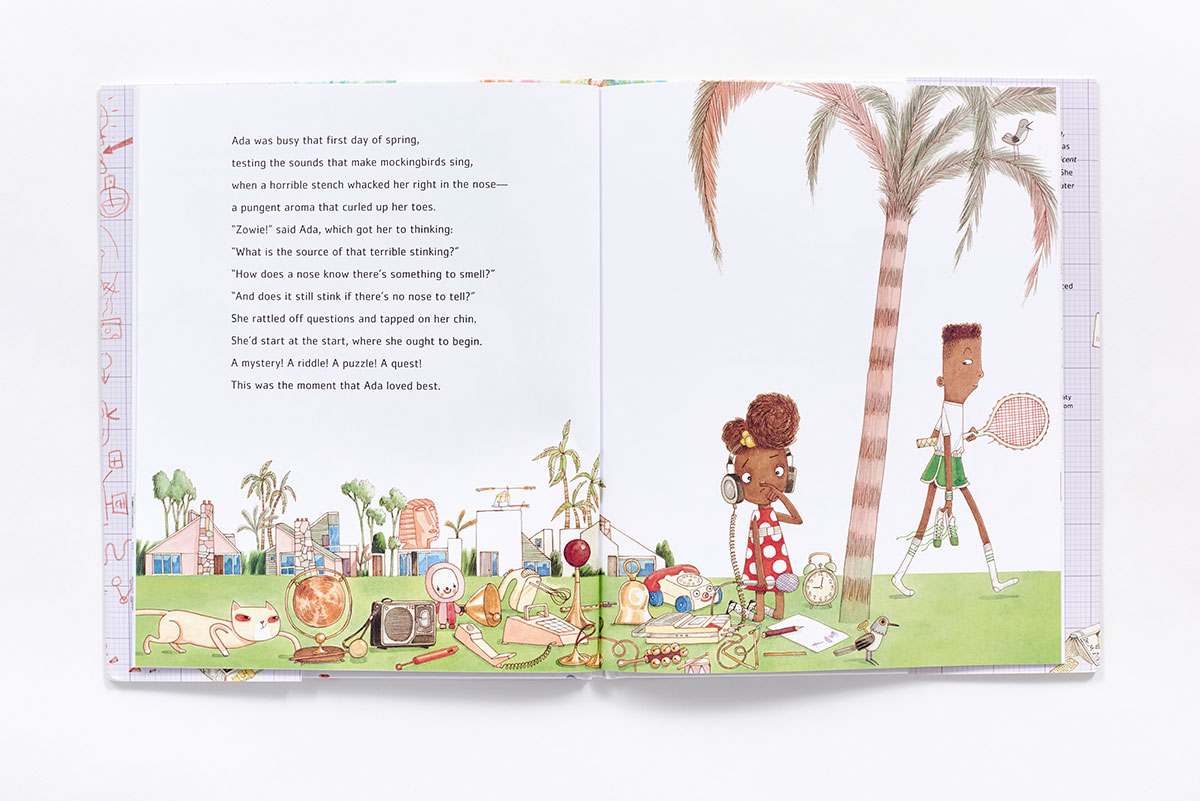
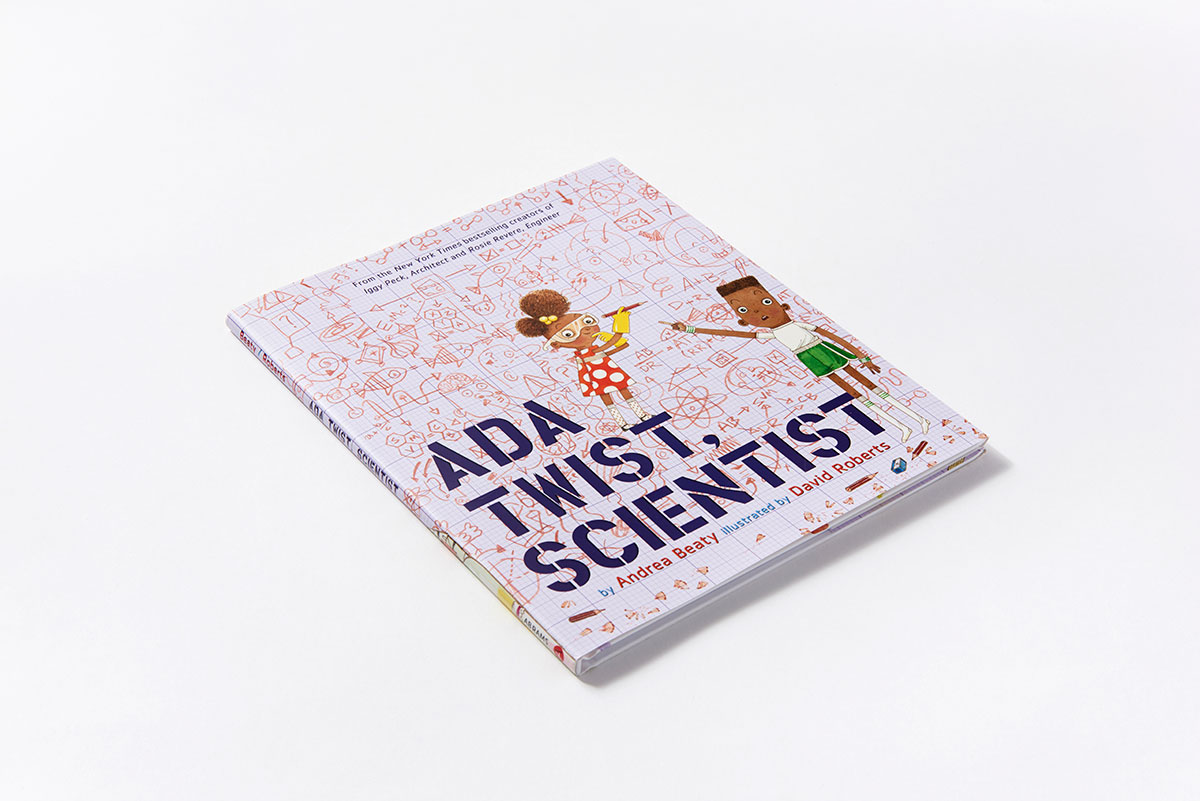






































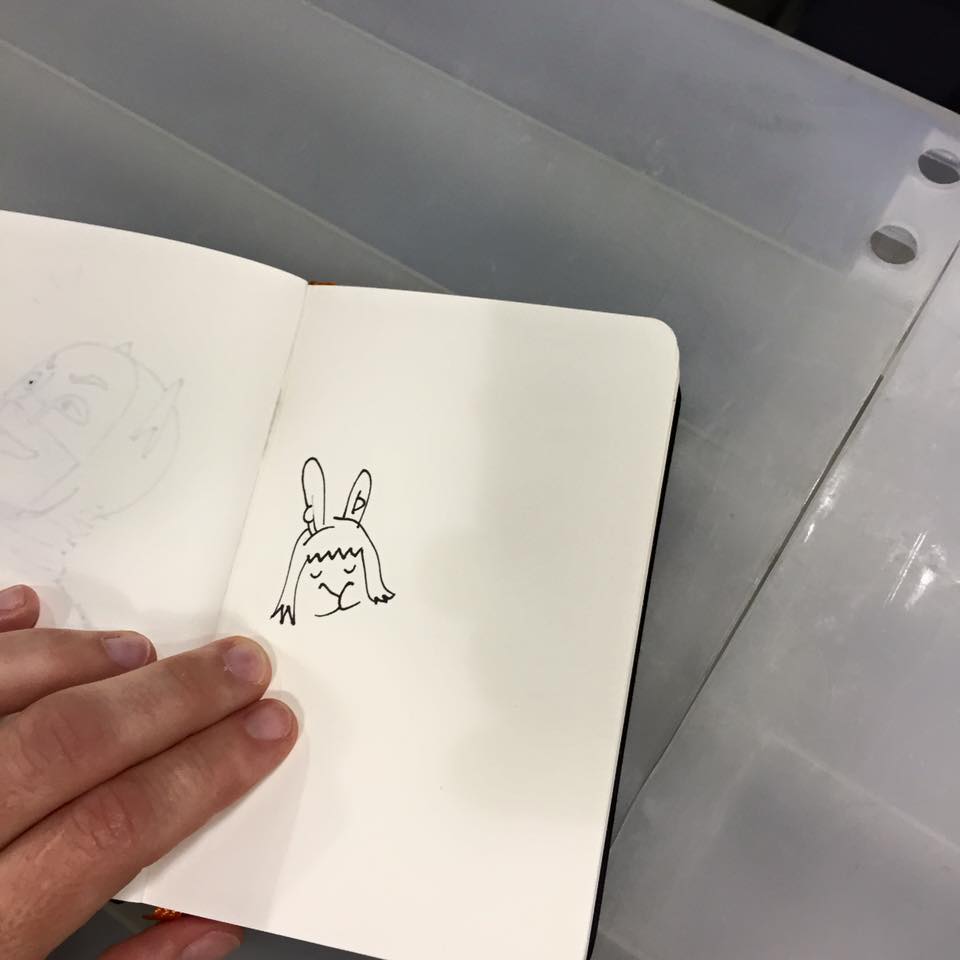
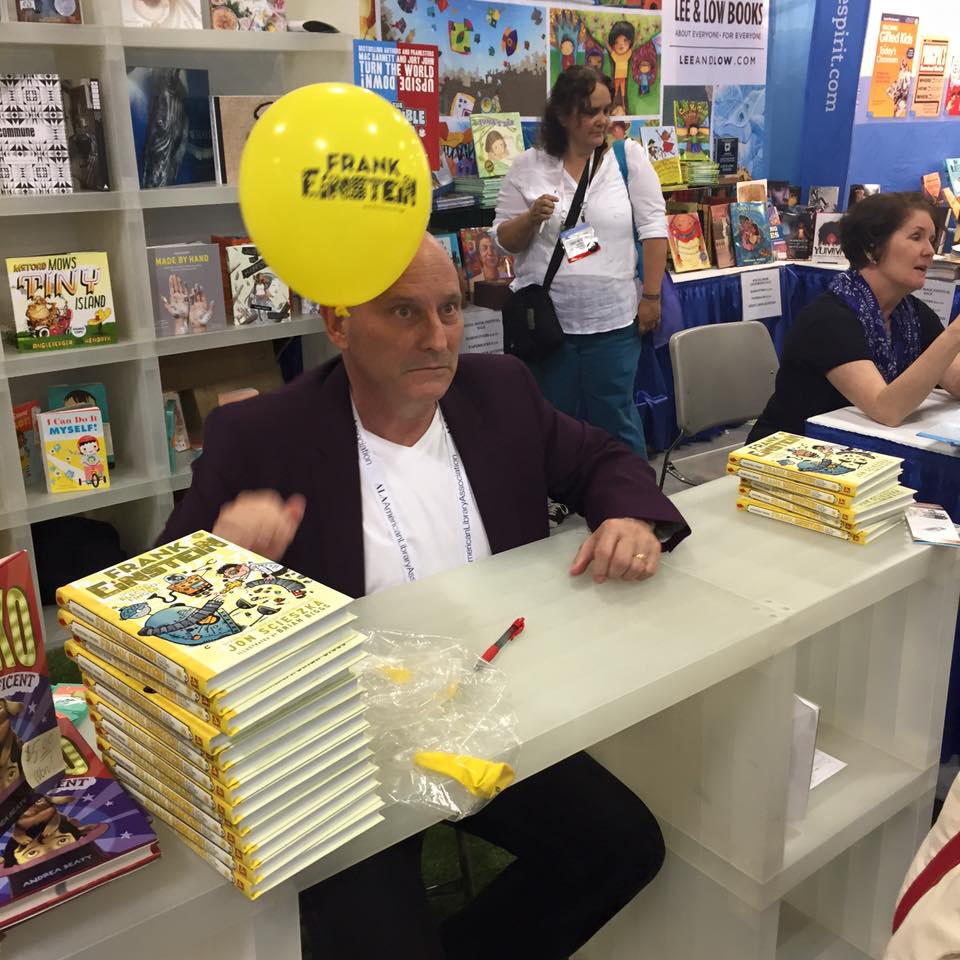
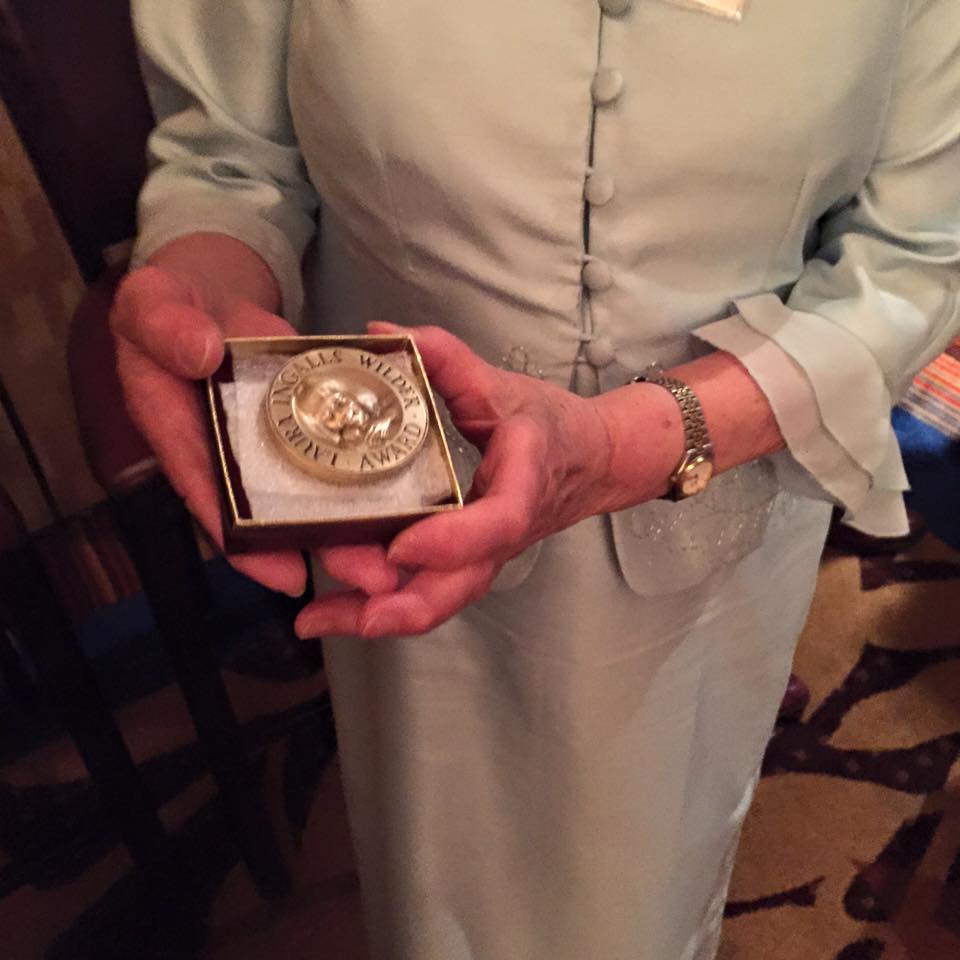
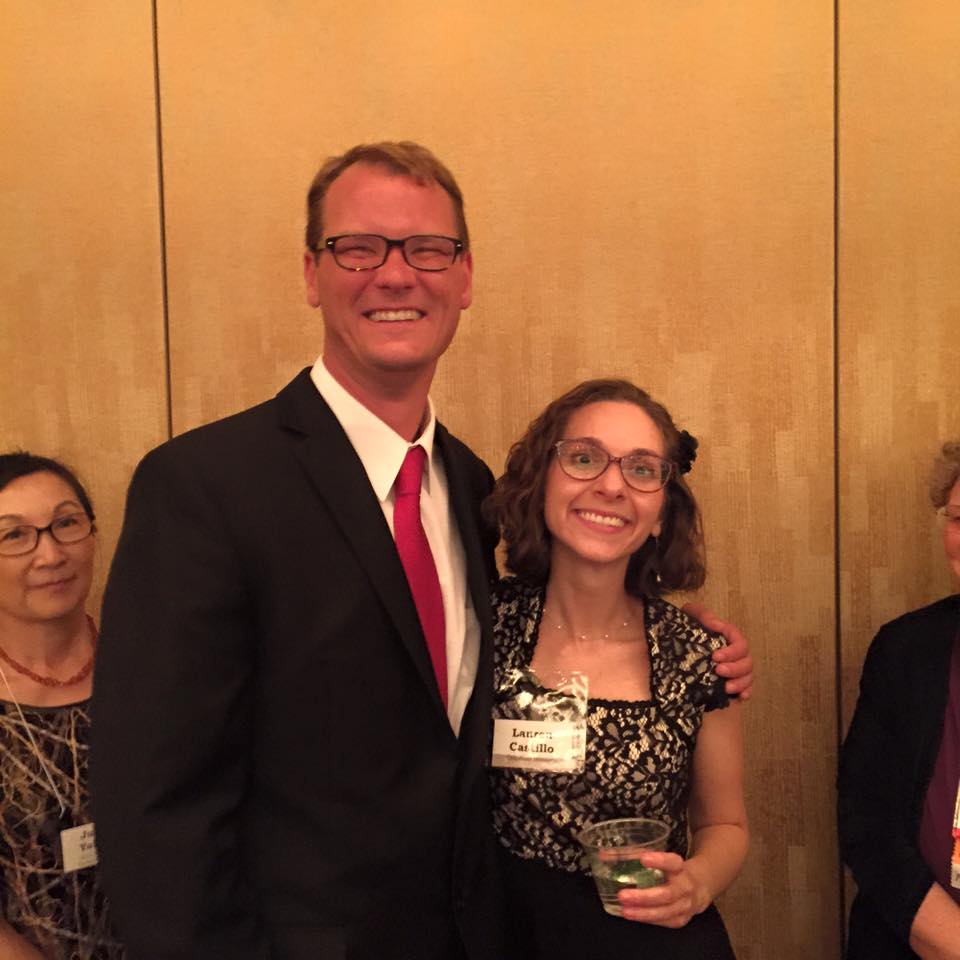


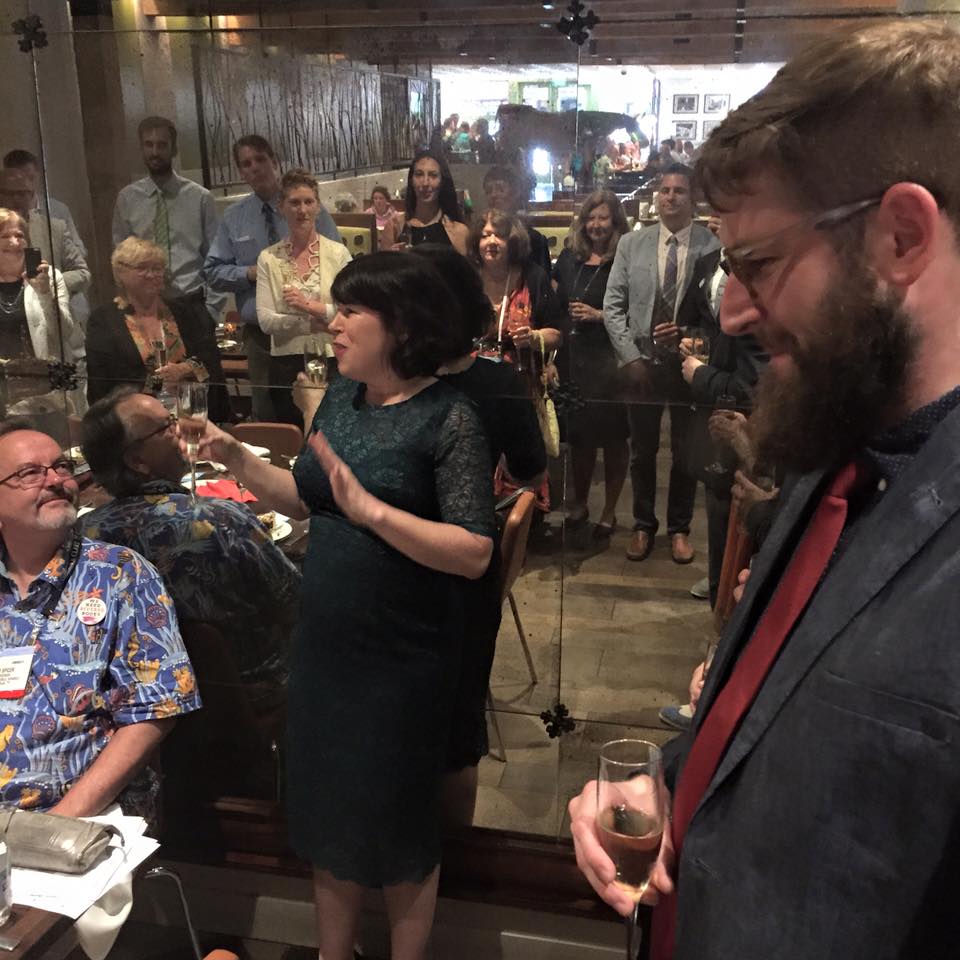
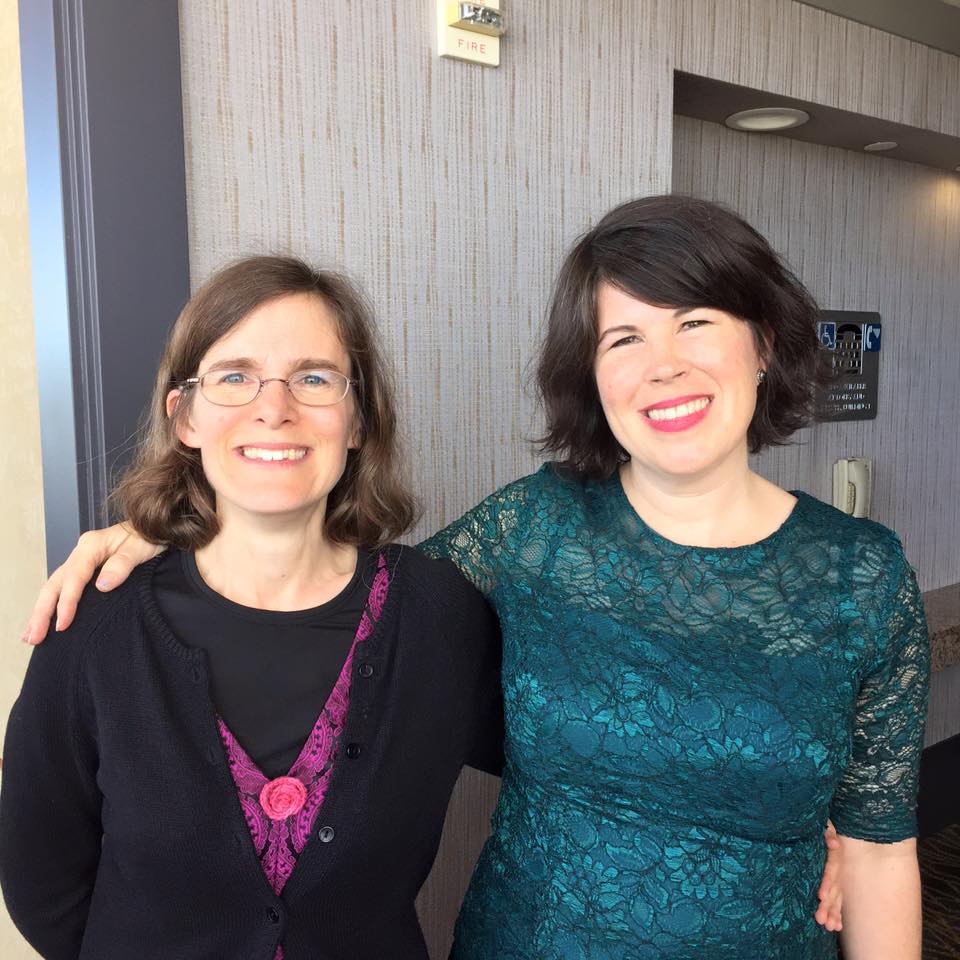

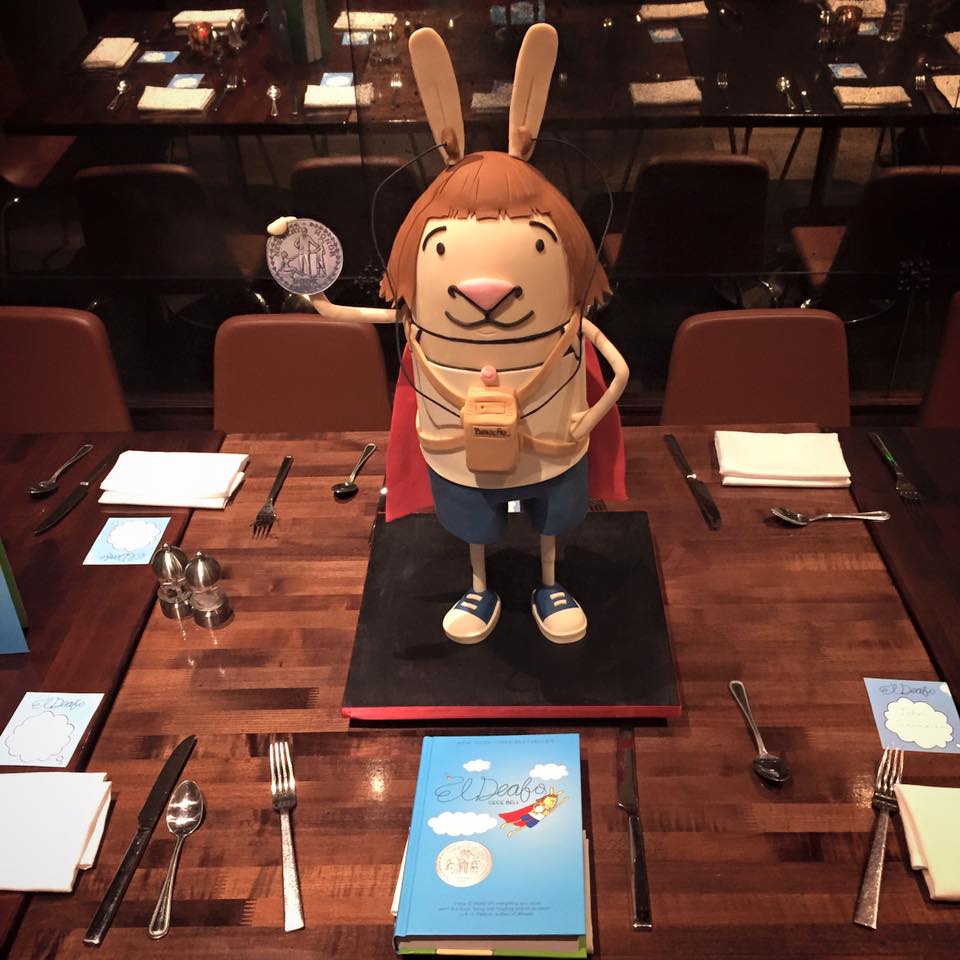
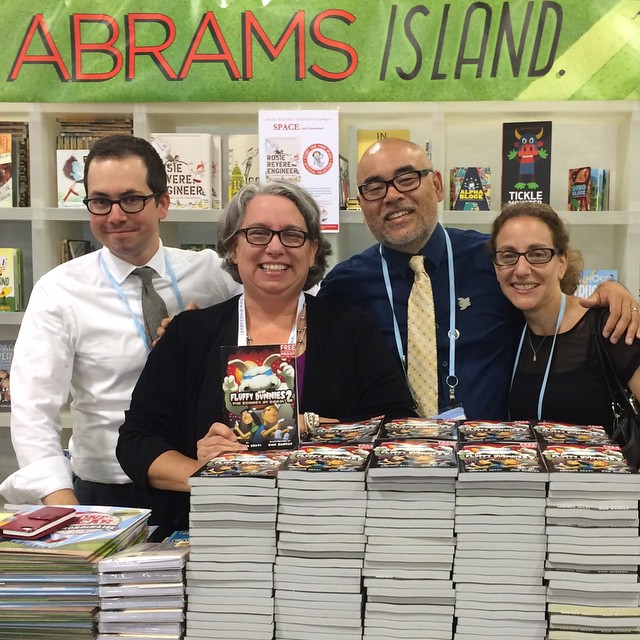
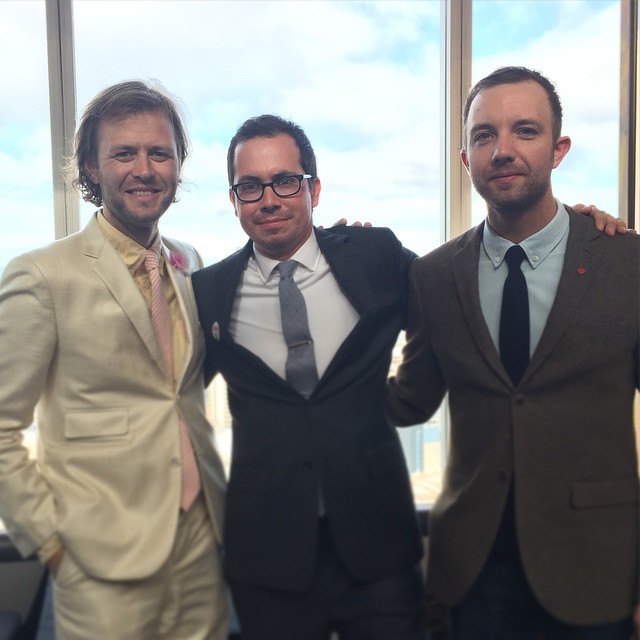
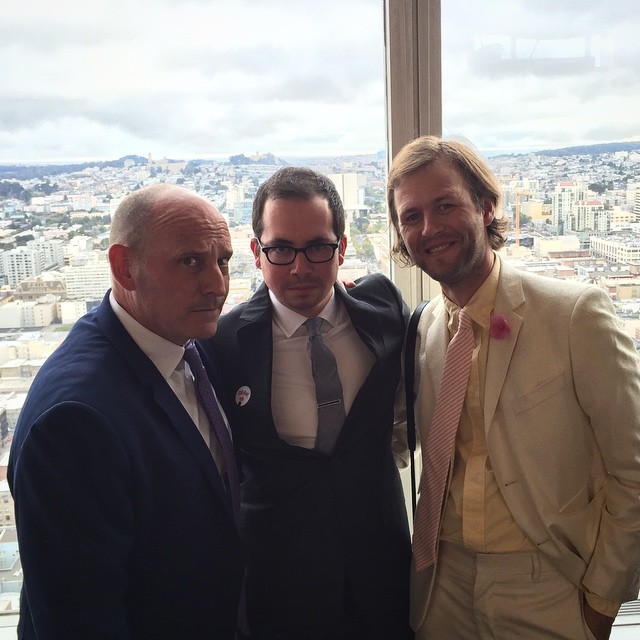

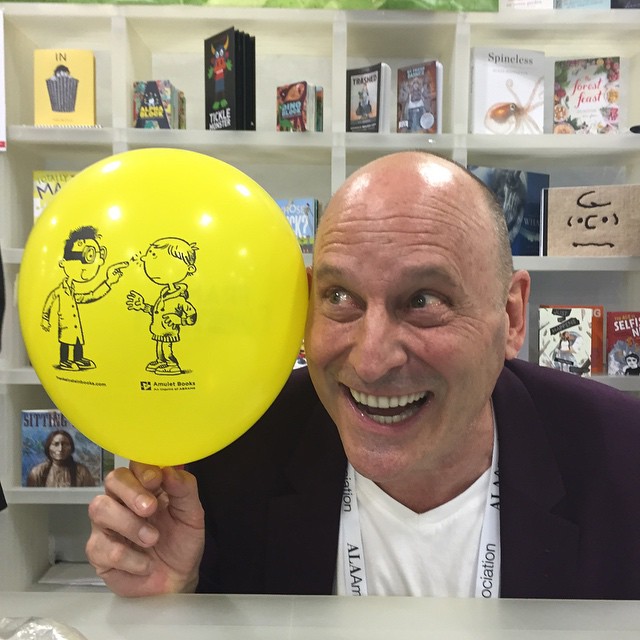

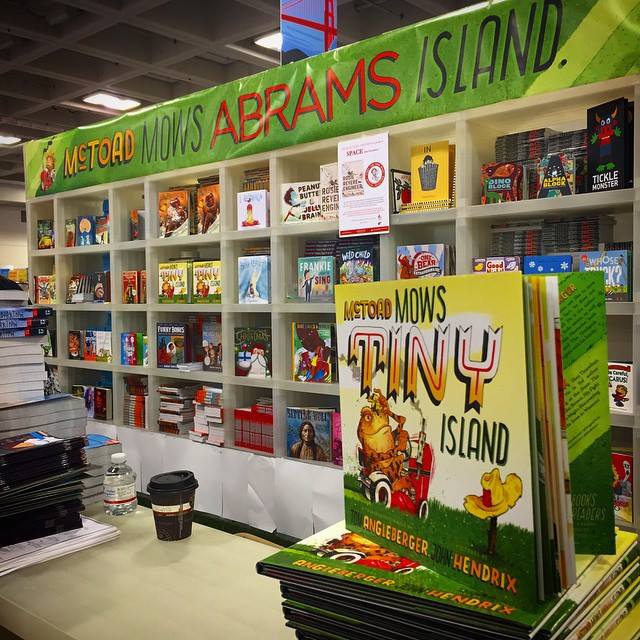
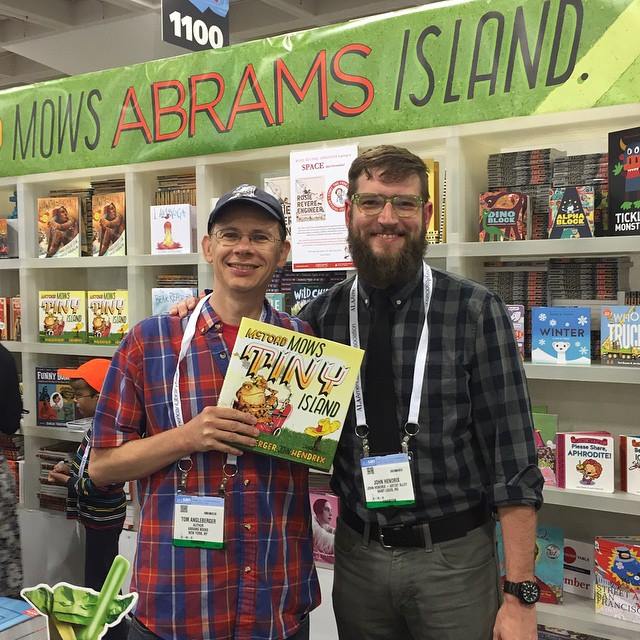
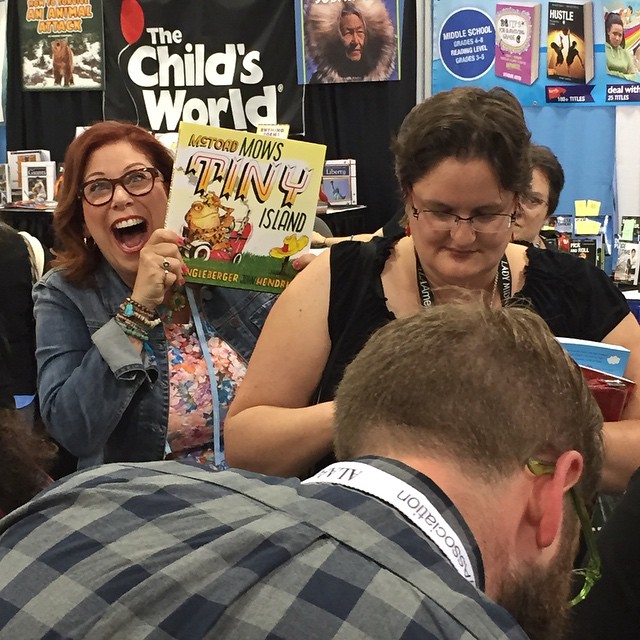



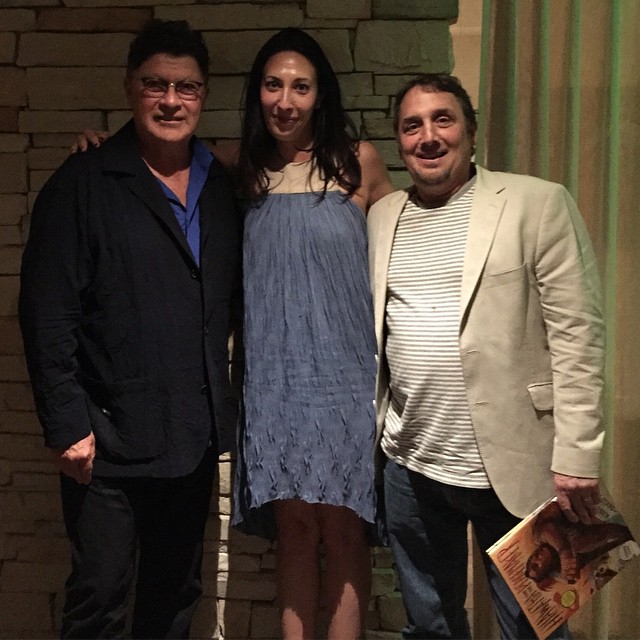
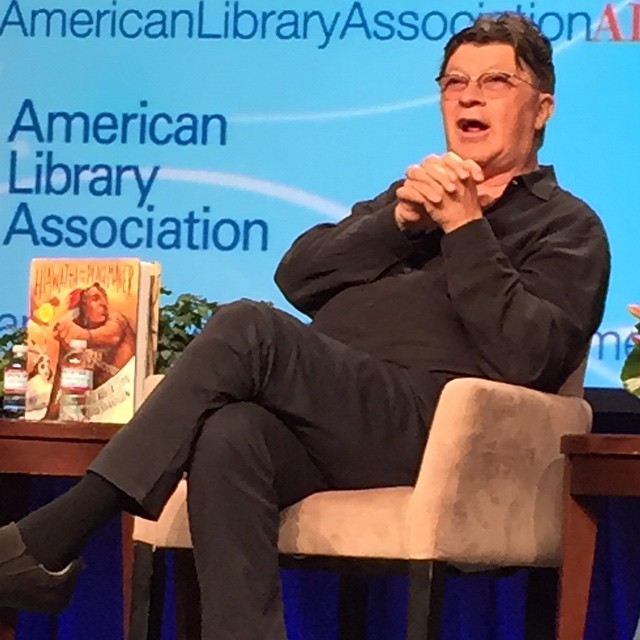
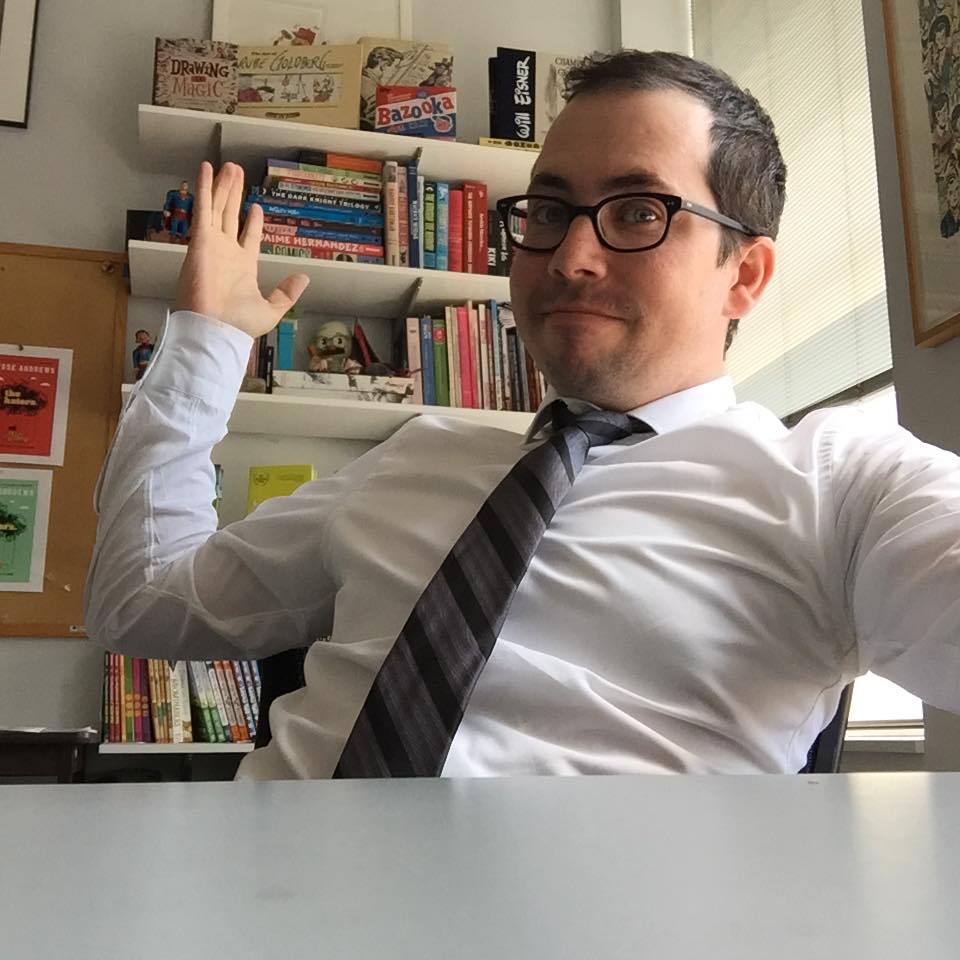


















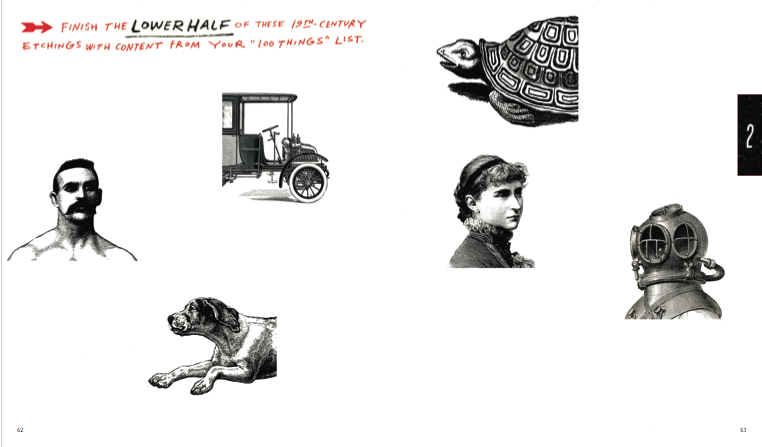




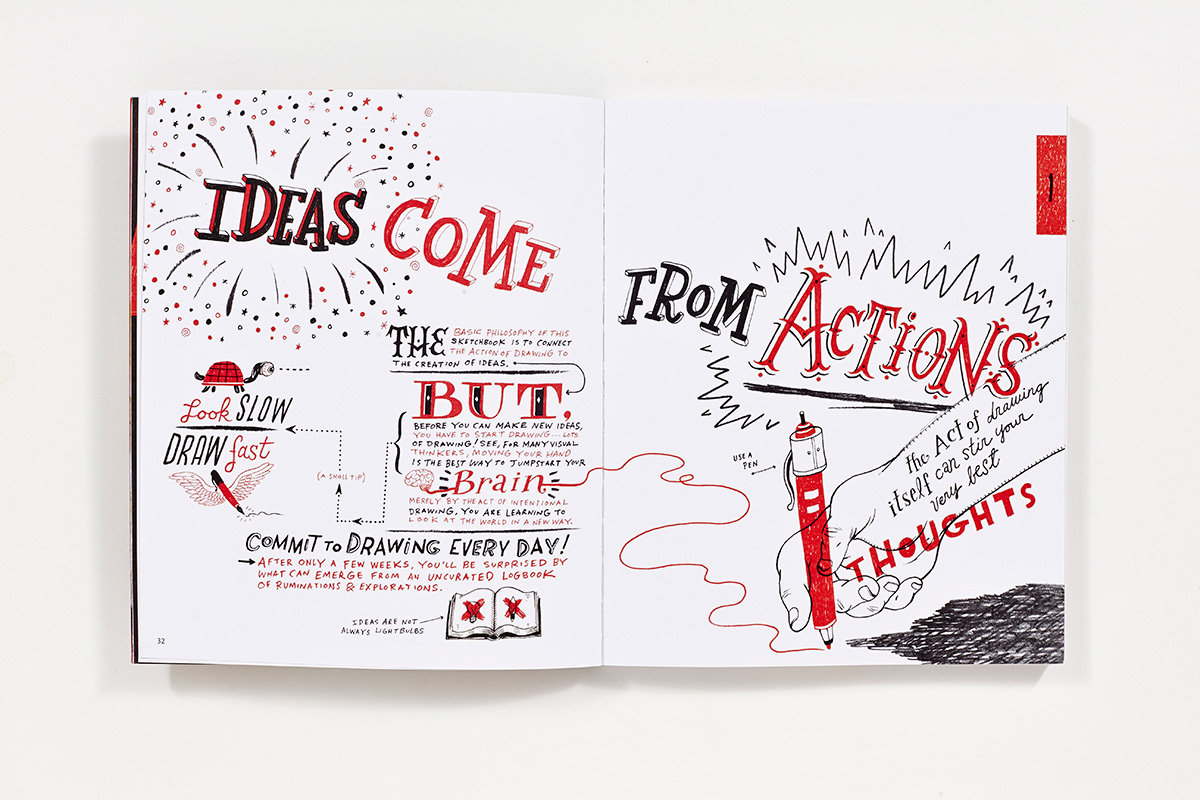
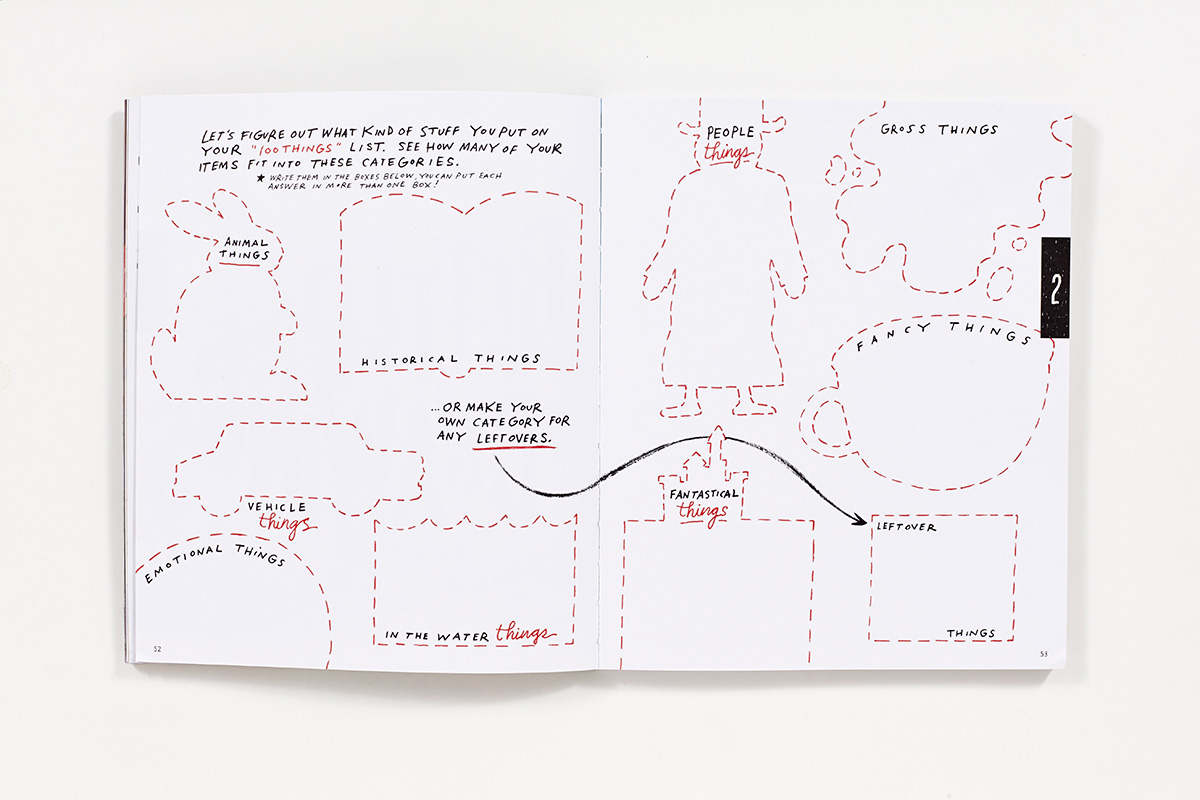
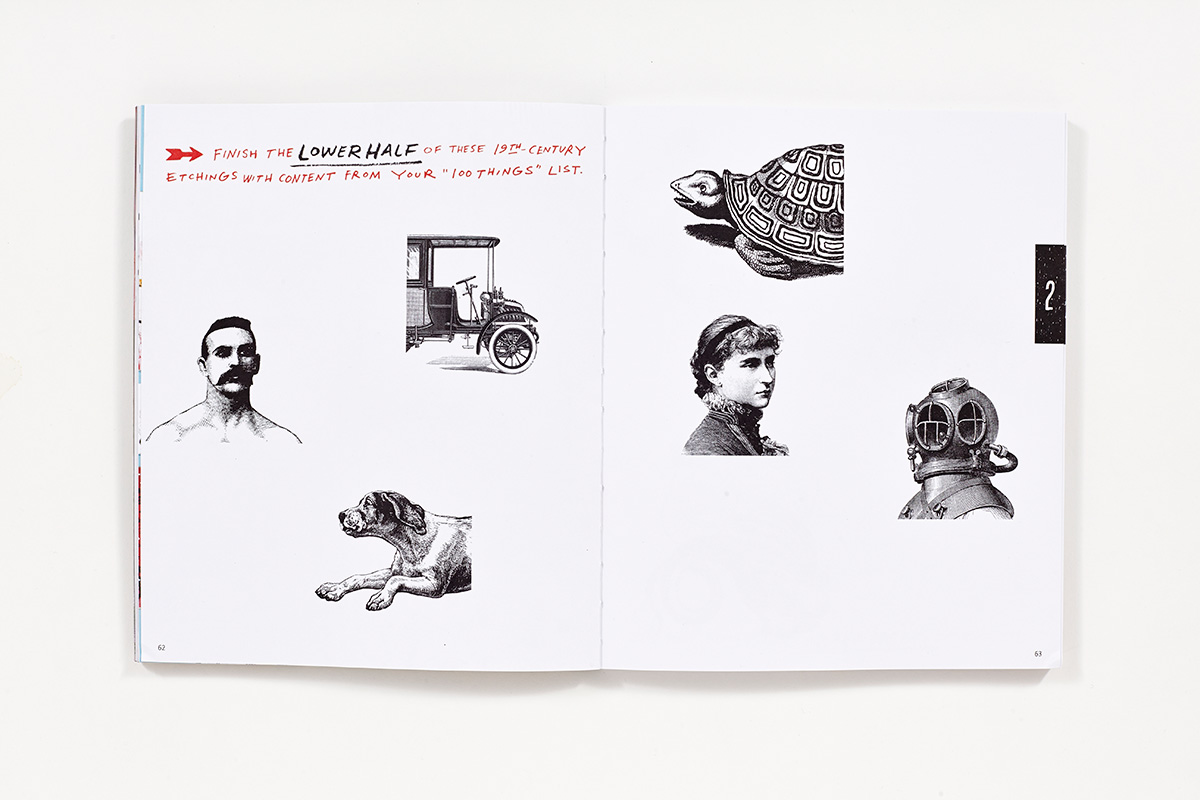
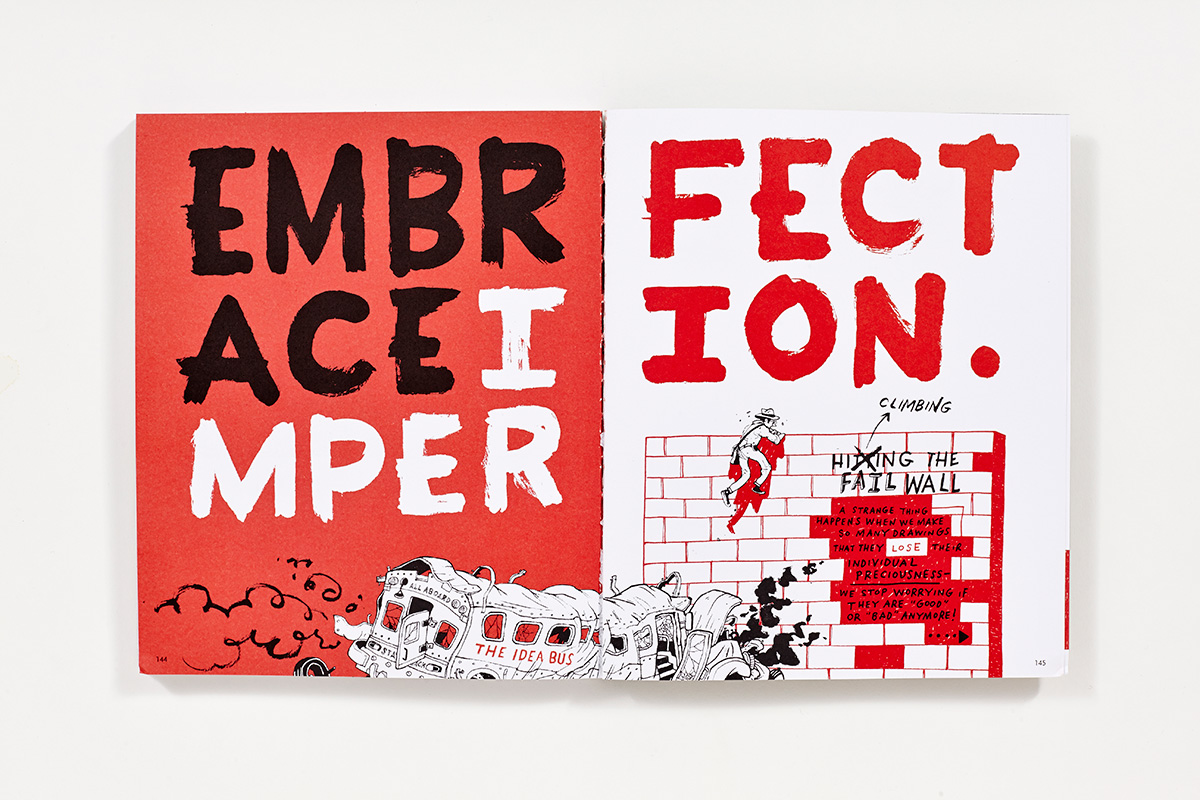
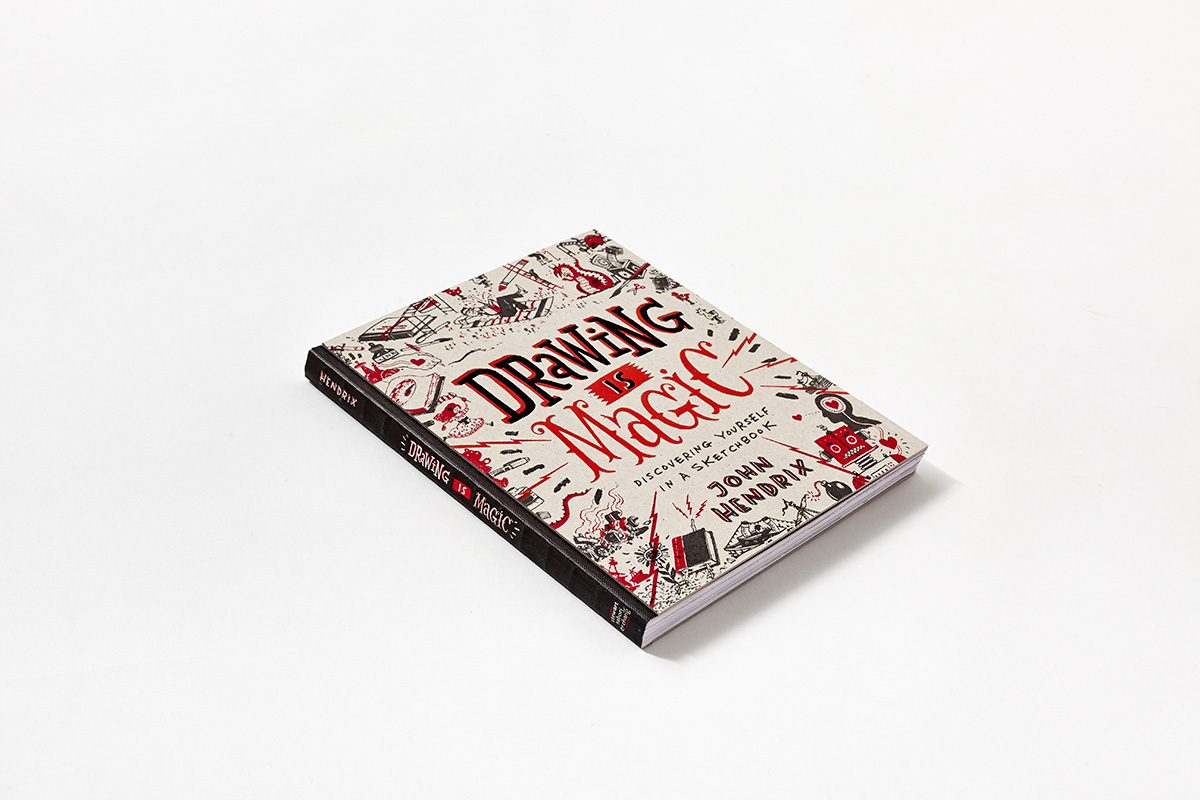














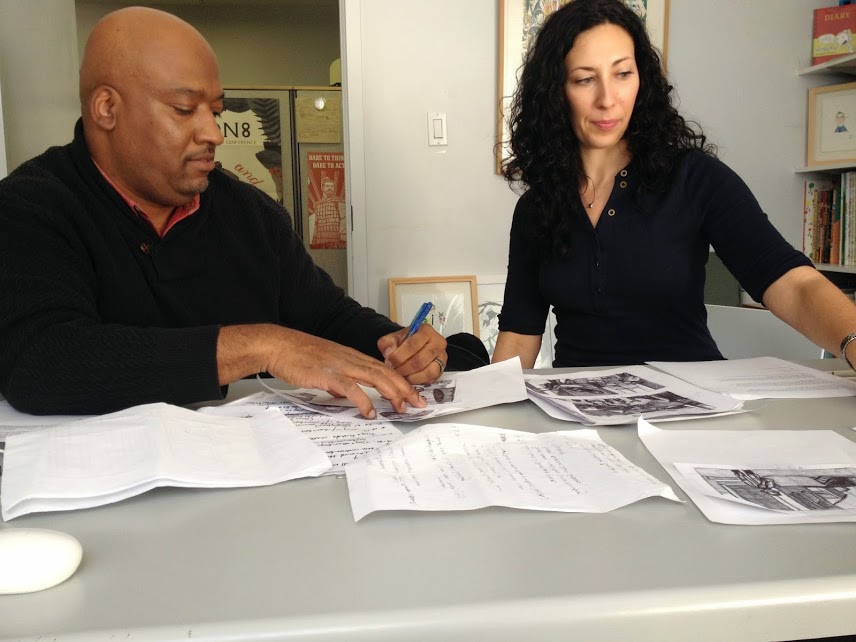



































Lorem ipsum dolor sit amet, consectetur adipiscing elit. Vestibulum id ligula porta felis euismod semper.